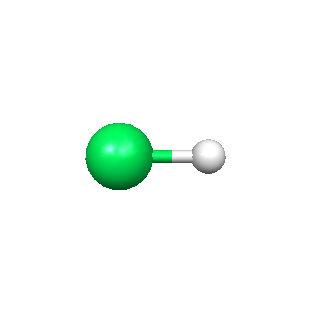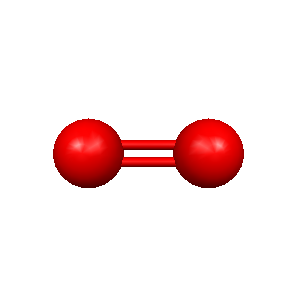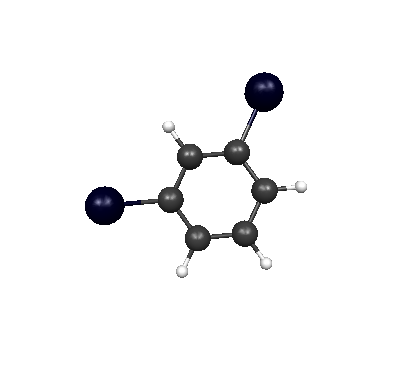Quantum Calculations
By
Jake Baus & Alexsia Richards
Over the coarse of this lab exercise GAMESS ab initio computer program was
employed to determine the electronic structure of O2, HF
and meta-dibromo benzene. Specific calculations were conducted
using AM1, PM3, 3-21G, 6-31G and double-zeta basis sets.
Calculations were used to display electron density, electrostatic
potential, dipole moments, and bond length. In addition three
dimension diagrams were created showing the HOMO and LUMO of each
molecule. Further studies allowed for determination of the
vibrational frequencies, potential energy, and UV-Vis transitions for
each molecule.
The data collected for each molecule is sumarized in the following web
pages.



HF Data &
Diagrams
O2 Data &
Diagrams
Meta-dibromobenzene
Data &
Diagrams
Conclusion:
For the potential energy graphs of the diatomic
molecules the energy of the orbitals decreases as the internuclear
separation decreases because electron density accumulates in the
internuclear region as the constructive interference between the atomic
orbitals increases. However, at very small separations there is too
little space between the nuclei for signifigant accumulation of
electron density there. In addition, the repulsion between the
nuclei becomes large. As a result the energy of the molecule
rises as short distances, thus there is a minimum in the potential
energy curve. In comparing the IR spectrum of meta-dibromobenzene
computed using the 3-21G basis set with the version obtain from NIST
website the values for
the peaks associated with the C-C stretching around the aromatic ring
appear to be shifter to lower frequencies. Thus is can be said that
although quantum mechanical software can provide you with helpful
visual tools and approximate data, there is no substitution for actual
experimental results.
References:
1) CRC Handbook of Chemistry and Physics; 68th Edition, CRC Press
(1987)
2) CRC Handbook of Chemistry and Physics; 73rd Edition, CRC Press
(1987)
3) Koudelka, Juraj, Exner, Otto; CCCAK; Collect Czech Chem. Commun,;
EN50;1:1; 188-184. Retrieved from Beilstein
Database, 20 February 2007.
4) NIST Mass Spec Data Center, S.E. Stein, director; Coblentz Society,
Inc.
http://webbook.nist.gov/cgi/cbook.cgi?ID=C108361&Units=SI&Mask=80#IR-Spec
5) Atkins, De Paula; Physical Chemistry 8th Edition; 2006


